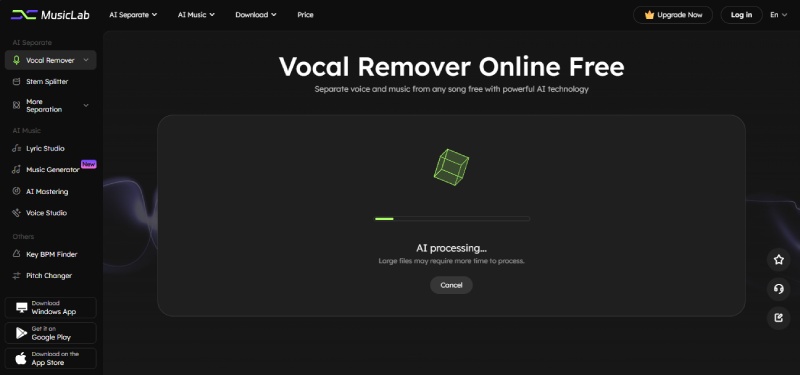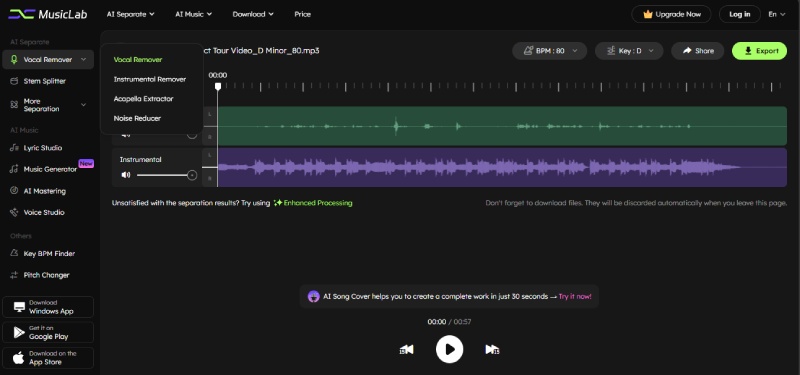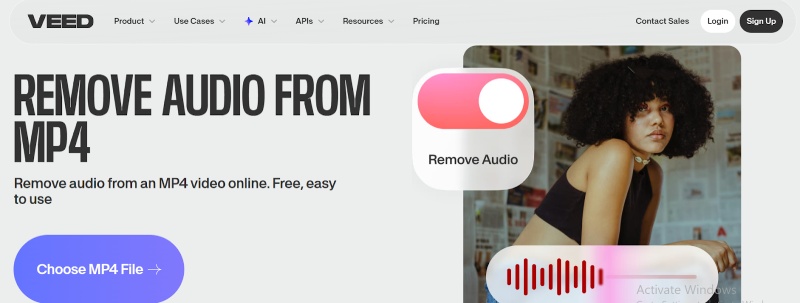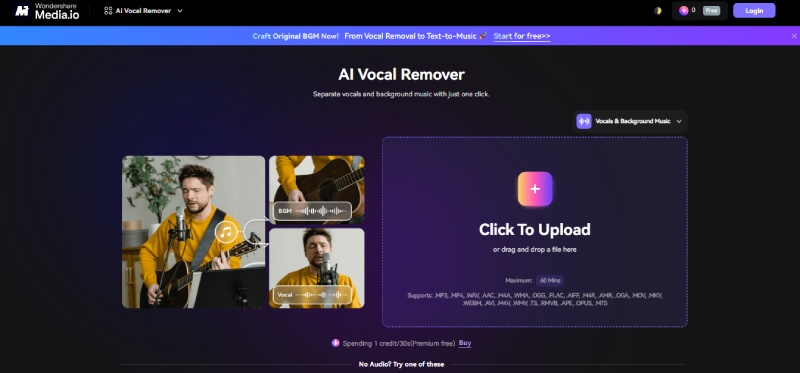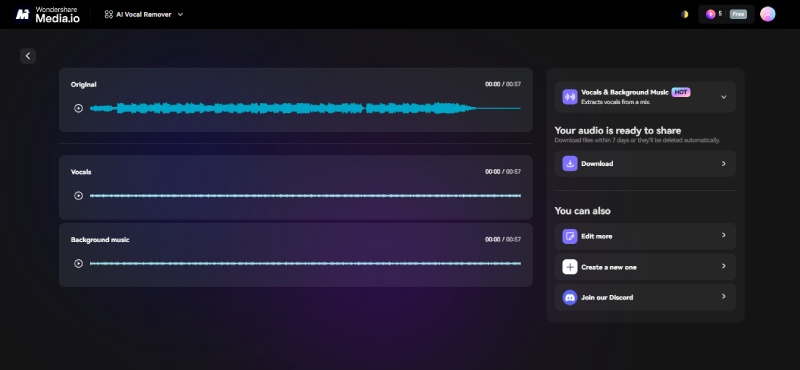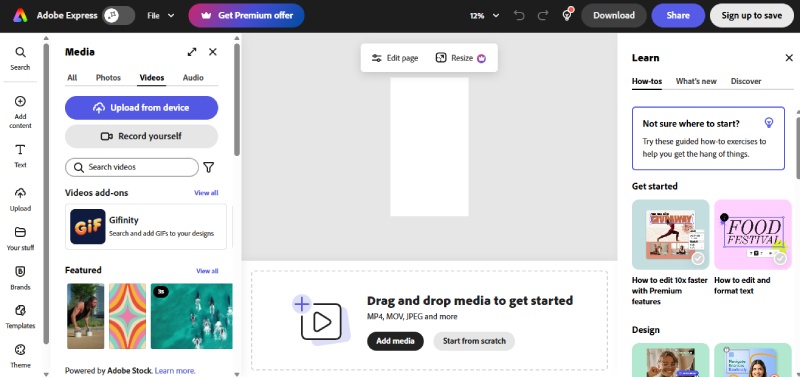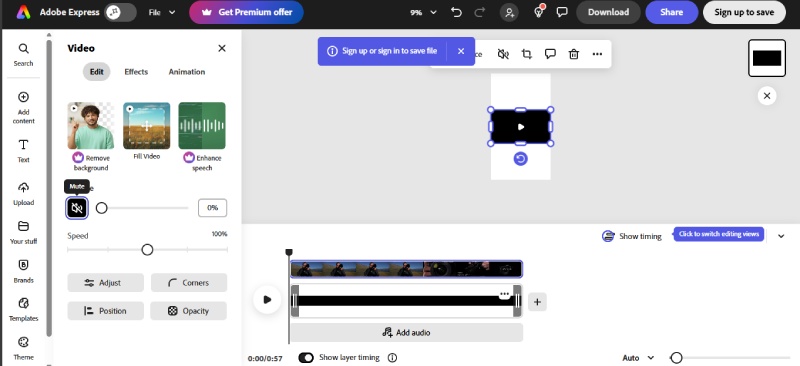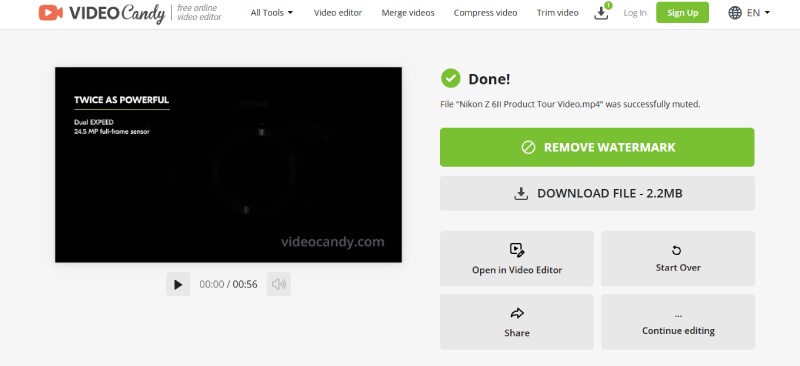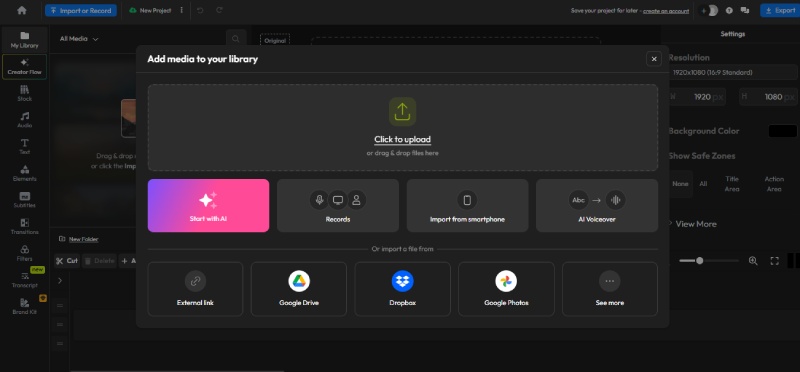Table of Contents
Introduction
In today’s competitive market, businesses are always seeking innovative ways to enhance customer engagement and drive sales. One effective strategy that has gained traction is the use of custom vouchers. These versatile tools not only serve as promotions but also create a lasting impression on customers, making them an invaluable asset for any business looking to boost sales year-round.
Custom vouchers can be tailored to meet specific marketing goals, whether it is to attract new customers, reward loyal patrons, or stimulate sales during slow periods. With the right approach, these vouchers can act as a gift that keeps on giving, providing ongoing benefits to both businesses and their customers.
Understanding Custom Vouchers
Custom vouchers are personalized promotional tools that businesses use to offer discounts, free products, or services to customers. Unlike generic coupons that might be widely distributed without a target audience, custom vouchers can be designed to reflect a company’s branding and marketing objectives.
These vouchers can take various forms, including:
- Discount vouchers offering a percentage off the purchase price.
- Gift vouchers redeemable for specific products or services.
- Loyalty vouchers rewarding repeat customers with exclusive deals.
By leveraging the flexibility of custom vouchers, businesses can craft impactful marketing campaigns that resonate with their target audience.
The Benefits of Custom Vouchers
Utilizing custom vouchers offers numerous advantages for businesses looking to enhance their sales strategies:
- Increased Customer Engagement: Personalized vouchers capture customer attention more effectively than traditional ads. They encourage consumers to take action, whether it is making a purchase, sharing the offer on social media, or visiting the store.
- Brand Loyalty: By offering rewards through custom vouchers, businesses can foster loyalty among customers who appreciate being recognized for their patronage. This sense of appreciation often translates into repeat business.
- Attracting New Customers: Special introductory offers through custom vouchers can entice new customers to try a product or service they may not have considered otherwise.
- Inventory Management: Businesses can use custom vouchers strategically to promote items that need to be moved quickly, thus helping manage inventory levels effectively.
- Flexibility and Creativity: The design and messaging of custom vouchers can be adjusted based on seasonal trends, customer preferences, or special events, allowing companies to remain relevant in a dynamic market.
Through these benefits, businesses can establish a strong connection with their audience while simultaneously driving sales.
How to Design Effective Custom Vouchers
Creating custom vouchers requires careful consideration and strategic planning. Here are key elements to keep in mind when designing effective custom vouchers:
Clear Messaging
Ensure that the message on the voucher is concise and straightforward. Clearly state what the customer will receive and any terms or conditions associated with it.
Eye-Catching Design
The visual layout should align with your brand identity while also grabbing attention. Colors, fonts, and images should reflect your brand’s personality and appeal to your target audience.
Value Proposition
Highlight what makes the voucher attractive. Whether it is a significant discount or an exclusive offer, make sure the value is evident and compelling.
Call to Action
Include a strong call-to-action encouraging customers to redeem the voucher promptly. Phrases like “Limited Time Offer” or “Act Now” create urgency that can lead to quicker conversions.
Quality Materials
When printing your custom vouchers, consider using high-quality materials that reflect your commitment to excellence as a brand. Companies like HelloPrint offer excellent options for creating professional-looking vouchers that stand out.
Strategies for Promoting Custom Vouchers
After designing your custom vouchers, it’s essential to implement effective promotional strategies for maximum reach:
- Social Media Marketing: Utilize platforms like Instagram and Facebook to share visually appealing posts showcasing your custom vouchers. Encourage followers to share with friends and family.
- Email Campaigns: Send personalized emails featuring your custom voucher offers directly to your mailing list subscribers. Tailoring messages based on customer behavior can increase engagement rates significantly.
- In-Store Promotions: Display physical copies of your custom vouchers prominently in-store to catch the attention of walk-in customers who may not have been aware of any promotions.
- Partnerships: Collaborate with local businesses or influencers who align with your brand values to promote your custom vouchers through their channels.
- Referral Programs: Encourage satisfied customers to refer friends by offering both parties a discount via custom vouchers when the referral results in a purchase.
By implementing these strategies thoughtfully, businesses can amplify their reach and effectiveness in promoting their custom vouchers.
Case Studies: Success Stories with Custom Vouchers
Examining real-life examples can provide valuable insights into how businesses have successfully utilized custom vouchers:
- A Local Coffee Shop: This establishment implemented a loyalty program where customers received $5 off after every tenth purchase through a customized voucher system. As a result, they noticed an increase in repeat visits by 30 percent within three months.
- An Online Retailer: By offering limited-time discount vouchers during holiday seasons, this retailer was able to boost sales by 40 percent compared to previous years without such promotions.
- A Fitness Center: They introduced referral-based custom vouchers where existing members received discounts for bringing friends along for classes. This strategy resulted in a 25 percent membership increase over six months.
These case studies illustrate how diverse businesses have effectively leveraged custom vouchers tailored to their unique audiences and needs.
Seasonal Campaigns and Custom Vouchers
Custom vouchers can play an instrumental role in seasonal marketing campaigns:
- Holiday Promotions: Offer special holiday-themed discounts or gift cards that encourage shoppers looking for presents during peak shopping seasons like Christmas or Valentine’s Day.
- Back-to-School Offers: Create targeted promotions aimed at students and parents during back-to-school season by providing discounts on school supplies or services geared towards students.
- Summer Specials: Introduce fun summer-themed offers such as “Buy One Get One Free” deals on ice cream or swimwear; these can attract families looking for summer activities.
By aligning voucher campaigns with seasonal trends and consumer behaviors, businesses can maximize their impact throughout the year.
Measuring the Impact of Custom Vouchers
To determine the effectiveness of your custom voucher campaigns, consider implementing various measurement techniques:
- Redemption Rates: Track how many issued vouchers have been redeemed within specific time frames to assess overall success rates.
- Sales Metrics: Compare sales figures before and after launching voucher campaigns to identify any notable increases attributable to these promotions.
- Customer Feedback: Collect feedback from customers regarding their experiences using the voucher system; this information is invaluable for refining future campaigns.
- Engagement Analytics: Monitor social media engagement metrics related to campaigns featuring custom vouchers; this data can inform future promotional strategies.
Analyzing these metrics will help businesses refine their approach and ensure they are maximizing the potential of their custom voucher programs.
Embracing innovative marketing strategies like custom vouchers allows companies not only to drive immediate sales but also foster long-term relationships with customers. By integrating well-designed and thoughtfully promoted custom voucher programs into their broader marketing plans, businesses can create opportunities for sustained growth throughout the year while enhancing customer satisfaction through tangible rewards that resonate with their audience’s desires and needs.





![3 Best Robot Voice Generator [Real-time/TTS] 3 Best Robot Voice Generator [Real-time/TTS]](https://www.smarttechdata.com/wp-content/uploads/2025/12/3-Best-Robot-Voice-Generator-Real-time_TTS-1-768x512.jpg)
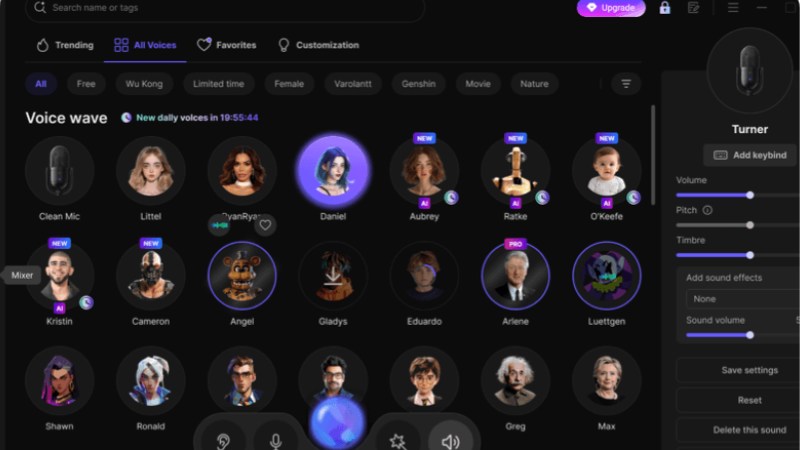
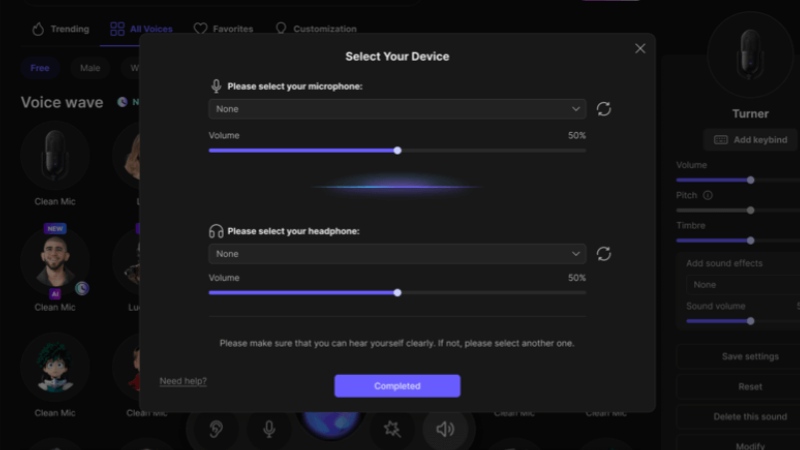

![Music Remover From Video in 2025 [Top 6 Review] Music Remover From Video in 2025 [Top 6 Review]](https://www.smarttechdata.com/wp-content/uploads/2025/12/Music-Remover-From-Video-in-2025-Top-6-Review-768x512.jpg)
